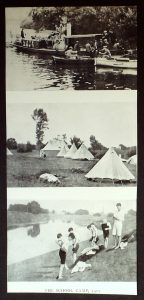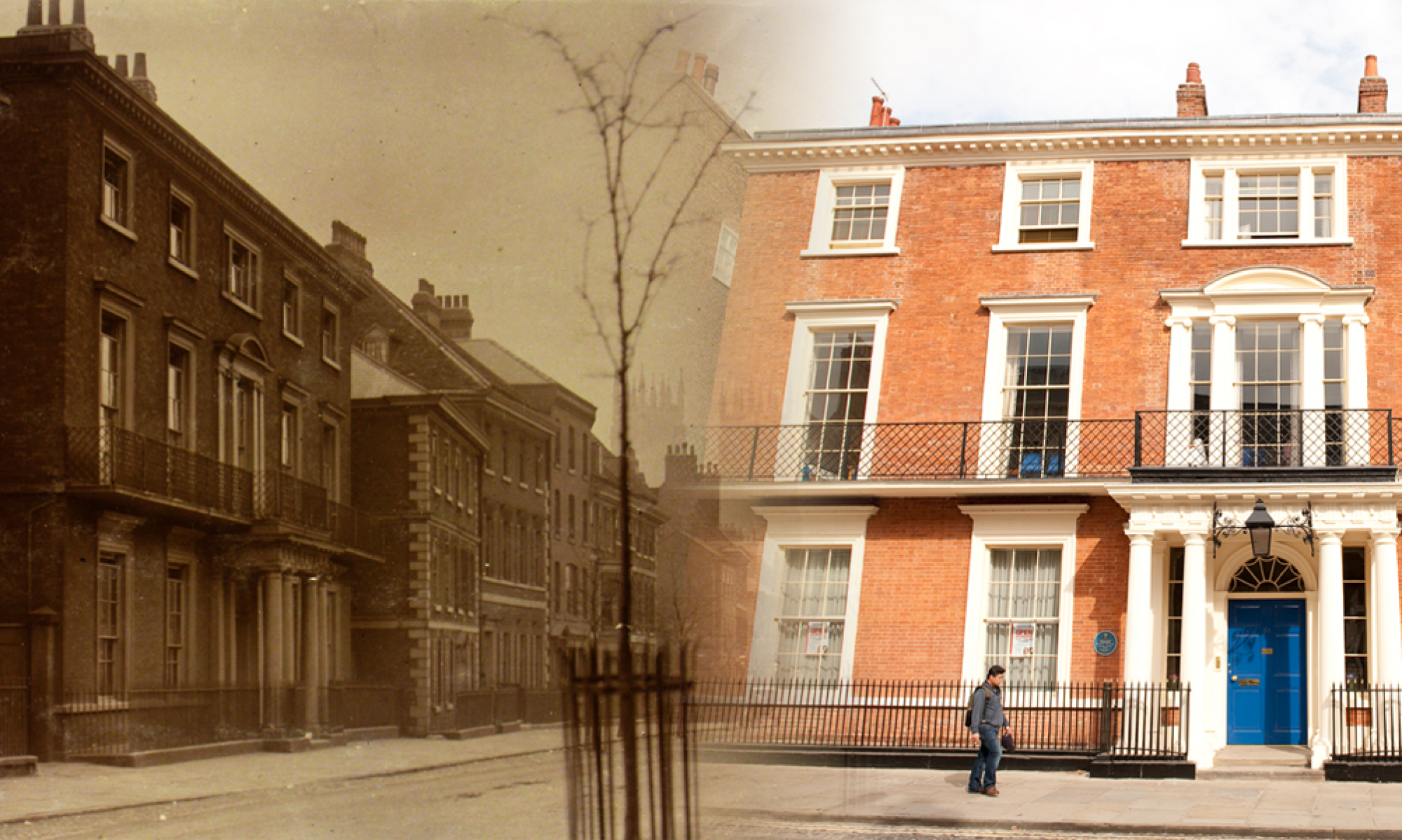
“This year, owing to the war, it was impossible to have our camp at Robin Hood’s Bay as on former occasions. Mr. Knight and Mr. Sturge therefore spent a Wednesday afternoon hunting round Kirby Moorside, and arranged for a suitable site near Gillamoor in Farndale. We accordingly applied to the military authorities for permission to camp there, but were told that we could not camp east of the main line. Another site was chosen on Widdington Grange Farm, overlooking Linton Weir and the lock. This site, which was lent to us by Mr. Tesseyman, the farmer, had formerly been an old plantation. The advantages of this place were manifold. It was much nearer York than either Robin Hood’s Bay or Farndale, and the equipment could be taken by boat up the river to the place. We lost the bathing in the sea, but we obtained a very good substitute. Round a bend below the camp was a sandy beach, which shelved into the water, forming an ideal bathing place as far as swimming and safety were concerned.
…Before we began to pack another difficulty had to be solved. Many of our tents and some of our camp equipment had been lent to the F.A.U., and were at that moment doing useful service in France. However, several of the campers lent tents, so that this seemingly difficult problem was soon solved.”
From Bootham Magazine, December 1915







